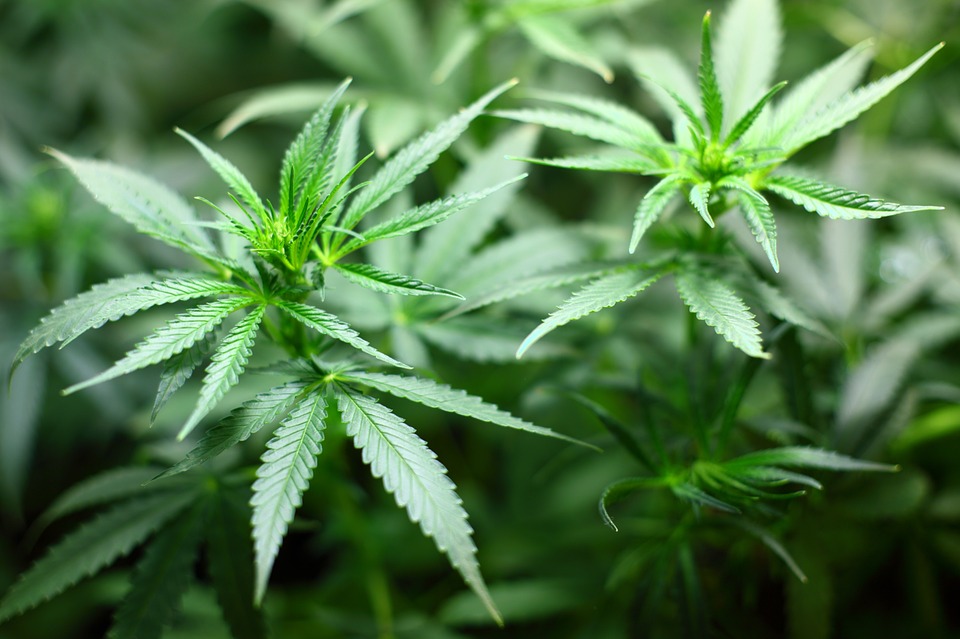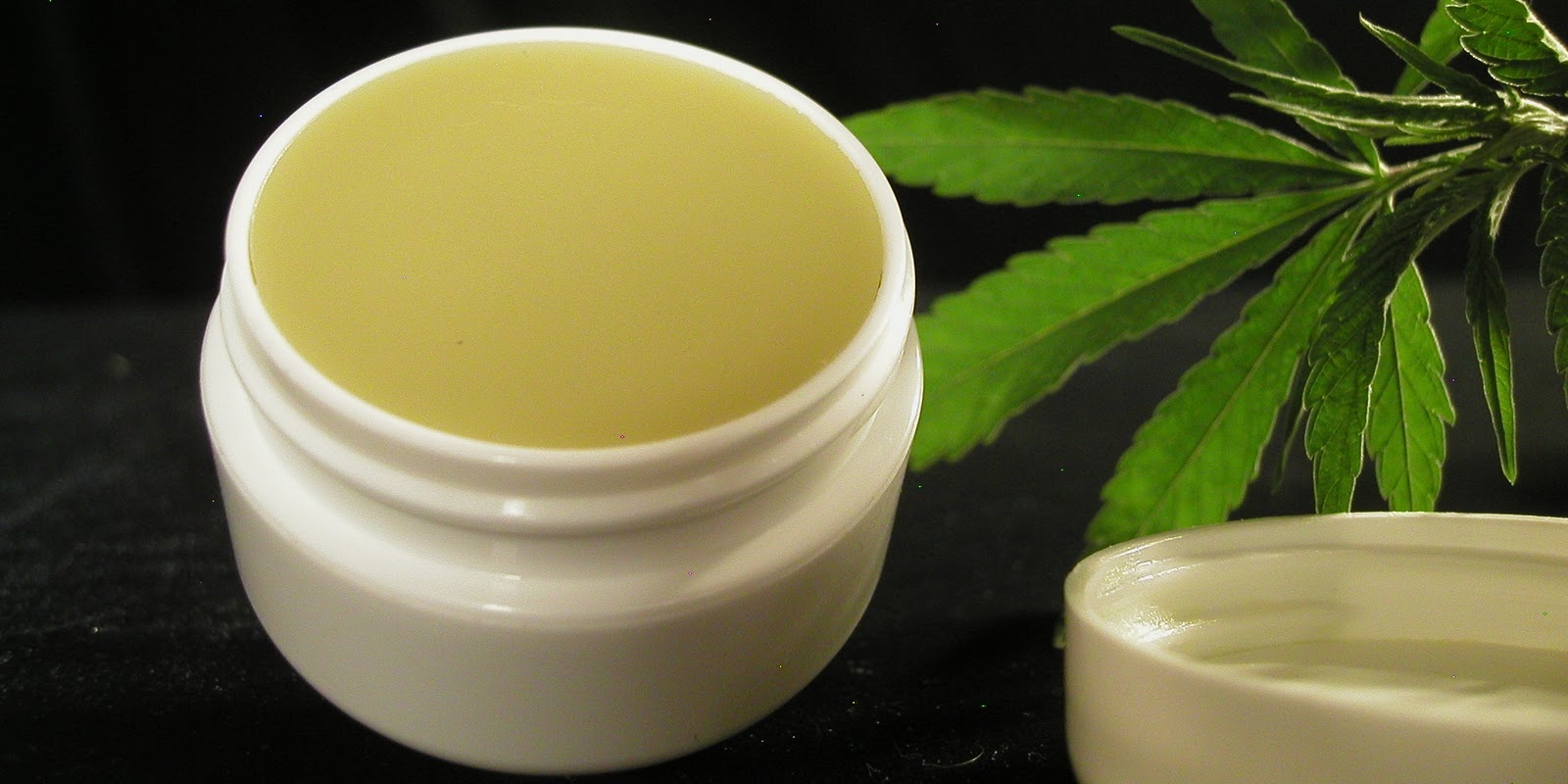For those not comprehensively versed on the medical marijuana landscape, you may be surprised about the amount of ways marijuana is able to be consumed, and how alternative methods work in radically different ways. Many often assume that smoking or baking cannabis is the only means of consumption, but while that may once have been true, today the options are plentiful.

Tinctures and topicals are an excellent alternative way to consume medical marijuana.
If you’re one of the many cannabis card holders in California, or are thinking about obtaining one, then learning about the medical marijuana that’s right for you is essential. Not only are there several strains, each with a range of chemical compounds that affect the body in different ways, but the method of consumption is equally as important of a factor when considering side-effects and lifestyle.
Of all the varying ways in which people are consuming medical marijuana, tinctures and topicals are two of the most recent developments. If you’re a cannabis card holder who focuses on a healthy lifestyle, and are concerned about the effects inhaling smoke may have on your body, or even the calories gained from eating baked goods, then tinctures and topicals are ideal alternatives.
Tinctures are typically made by first removing any unwanted part of the marijuana plant, and then taking the herbs and placing them within a glass jar. The jar is then filled with alcohol, tightly sealed, and left to sit for weeks (during this process topping up the alcohol may be necessary). Once a few weeks have passed, the planet material is strained out and you’re left with your tincture to bottle up.
Commonly, tinctures are used orally; placing a drop or two under the tongue, but it can be applied to the skin also. Tinctures are often used to help those suffering from sleep disorders, migraines, menstrual cramps, or even the common cold. Finding the correct dosage comes down to a case-by-case basis – if 1ml isn’t enough, try 2ml the next day, and so forth until you find the right amount.

You can get medical marijuana-infused balms and lotions to treat localized areas of your body.
For obvious reasons, none of the health concerns which go hand-in-hand with smoking are prevalent with tinctures. For relatively little cost, tinctures are simple to produce and easy to regulate – being able to put a drop or two within any homemade meal with minimal added calories. Furthermore, if stored in a cool, dark location, they will last for many years, allowing convenient repeat use.
On the opposite side of the same cannabis card holder’s coin, you’ll find topicals. These cannabis-infused lotions, balms and oils are absorbed through the skin to relieve localized pain, soreness and inflammation. Unlike many other methods of consuming medical marijuana, topicals do not provide the euphoria associated with the herb, so are best suiting for purely medicinal purposes.
When applied to the skin, topicals work by binding to the CB2 receptors of the body. CB2 receptors are triggered by the body’s naturally-occurring endocannabinoids, or by cannabis compound such a cannabidiol (CBD) and tetrahydrocannabinol (THC – the ingredient which often leads to that high sensation). However, even if a topical contains THC, it still won’t induce the high gained from smoking.
The lack of a high is due to the fact that topicals cannot breach the bloodstream. Instead, they are the ideal choice for more surface issues: headaches, skin conditions such as eczema, or even arthritis can all be treated through the use of topicals. When THC is left in its acid form and combined with CBD, they work together to relieve inflammation, while also containing muscle and joint relief components.
As with tinctures, topicals are relatively simple to make at home: melting waxes and other preferable ingredients and mixing them with the cannabis-infused oils. The beauty of topicals comes from the fact that you can customize them to nth degree. Once you have found the combination of ingredients which fit your taste, your product is not only easy to apply, but will last far longer than more traditional means.
Anyone who has purchased cannabis with their medical marijuana card will know that it isn’t as simple as it seems. Different combinations of ingredients instruct each strain and their effectiveness for any given ailment. As with purchasing the herb itself, tinctures and topicals come in an assortment of shapes and sizes, each with their individual benefits for various conditions.
If electing to sample the more modest marijuana methods, experimentation can work wonders. With no adverse effects on the body, and a myriad of ingredient combinations and processing methods, transdermal products such as tinctures and topicals are best experimented with until your find ones that work for you.
Fortunately for any cannabis card holder, more and more options for topical remedies are revealing themselves as time goes on. So if you’re suffering from pain or inflammation, these new modes of marijuana consumption are well worth exploring.
